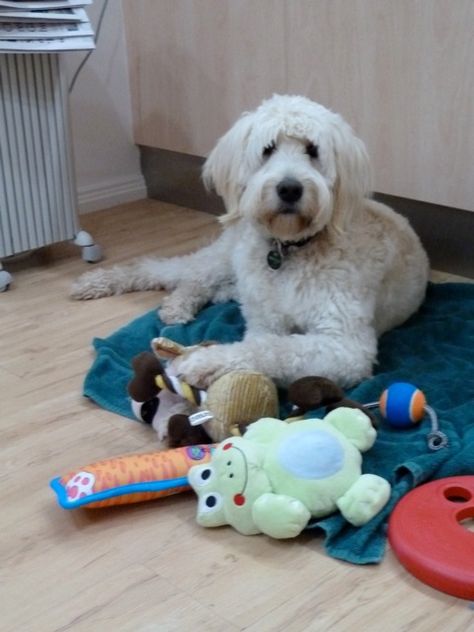
What We Breed
When I bred the first Miniature Labradoodles in 1994, I would advertise them in the Canberra times and people would ask “what’s a Labradoodle?” leading to a half hour conversation about what they were and why I was breeding them.
Sadly, by the late 90’s people had developed certain expectations about Labradoodles and when I was asked for a “Café au Lait puppy with a fleece coat” I knew it was time to rethink my breeding program. 70% of my F1 Labradoodles did shed to some degree and most were endearing but somewhat scruffy looking gold dog.
Fortunately, because of these Labradoodles’ intelligence, temperament, health and longevity, my owners overwhelming forgave the shedding but by the late 90’s I felt under pressure to look for ways to reduce my dog’s shedding without forsaking the genetic benefits of cross breeding – which were the reason I’d started breeding dogs in the first place.
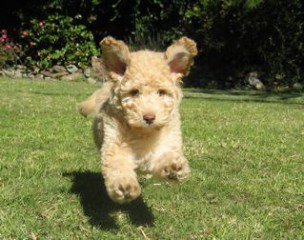
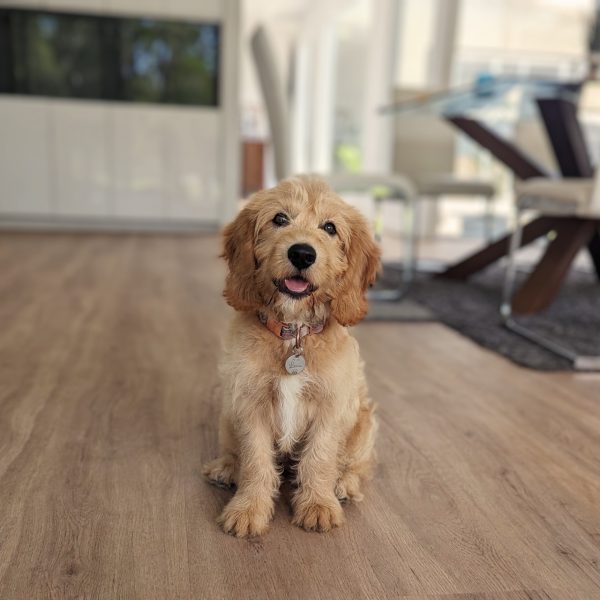
We started breeding “backcross”(3/4 poodle) labradoodles to overcome the shedding problems. They were very popular, rarely shed and have made great family pets, but I was never really satisfied with this solution.
Even though they are healthy good natured dogs they have less hybrid vigour and their coats are often very curly and (for me) too poodle like. With 75% poodle they can be a bit more “highly strung” and their woolly ear canals can be a problem
As I came to understand the genetics of shedding better, I realised the importance of the “long hair gene” – long-haired dogs, when crossed with Poodles, reliably produce puppies with variably wavy, low or non-shedding coats (often described as ‘Fleece’).
Cavalier X Poodles are an obvious choice. We started breeding Cavoodles in the early 2000’s and soon realised this cross (and the name) wasn’t an original idea. We still breed Cavoodles.
They are now the most popular “breed” of dog in Australia and rightly so.
This cross is a classic example of complementarity in action. The long narrow head of the poodle correcting the short face and domed head of the Cavalier.
Cavoodles are usually healthy, robust, well proportioned dogs, which also happen to be very cute.
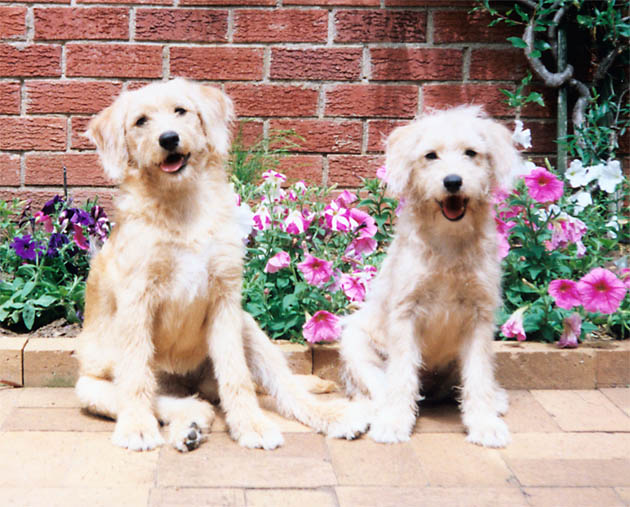
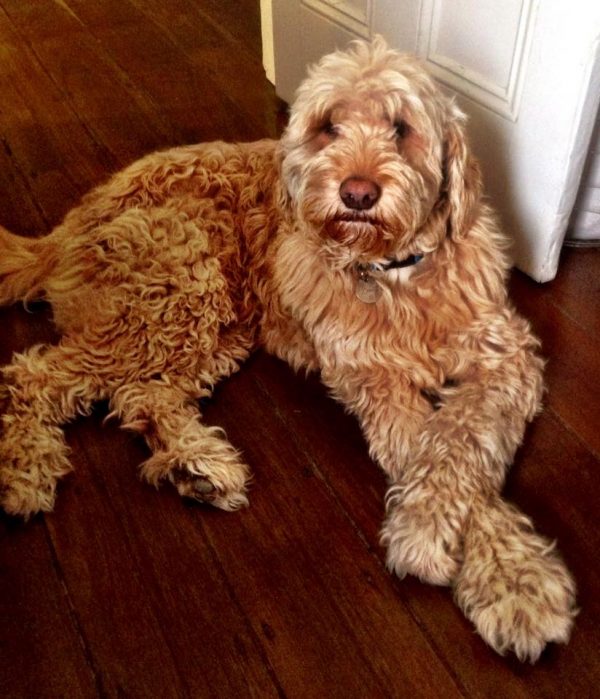
Golden Retrievers were another obvious choice. The right coat type and a very similar temperament combination to my Labradoodles. Canadian, Blue Sterling and her children, first came up with the name “Goldendoodles”, which is now the American name for this combination. I stuck with this name for years but eventually gave in as Australian breeders caught on and started breeding “Groodles” (a much less silly name I admit).
I love Groodles! Our family has two now and we lost our first beloved Groodle, Morris, several years back. Their only problem is that they are a bit big. My ideal dog is medium sized!
We’ve experimented with “Cavadors”, delightful dogs which look like a small Labrador and “Cavadoodles”, gorgeous dogs with better non shedding statistics than labradoodles, but still, half are hairy rather than non shedding.
In 2015 we bred our first “Mini-Retrievers” by Crossing a Golden Retriever with a Cavalier to produce an F1 hybrid mum with long hair and a gorgeous temperament. Maggie and her Brother Alfie (pictured here) were our first. Maggie still lives with my daughter Elle.
We’re into our second and third generation of breeding these beautiful little dogs, which we are now calling O’Connell Retrievers, to differentiate them from the first cross. They are just lovely dogs, gentle placid and sweet natured (but of course having retriever coats they shed hair!)
Their puppies which we call Minigroodles are the cross which, for me, finally tick all the boxes. They are low to non-shedding, wavy coated, medium sized, intelligent good natured dogs, full of genetic diversity with no repeatable health problems (although like all lop eared dogs we still get the occasional ear problem).
We are delighted with them and have finally stopped searching for the perfect cross.
